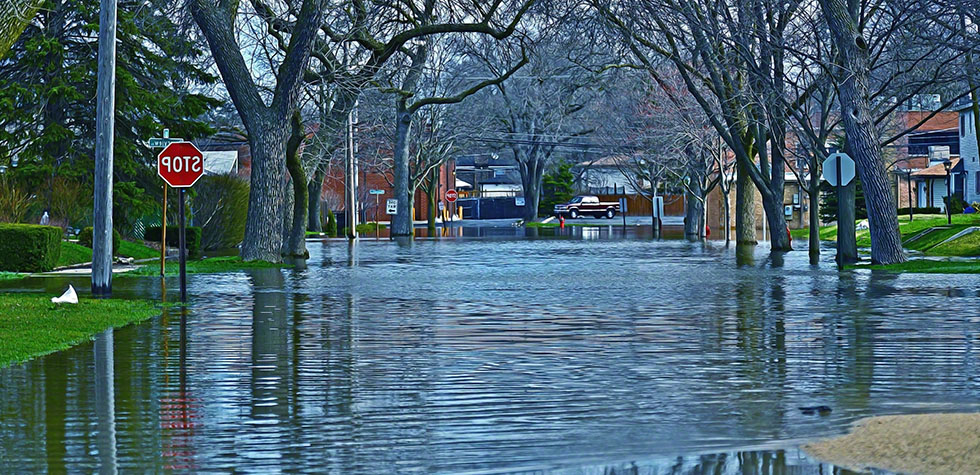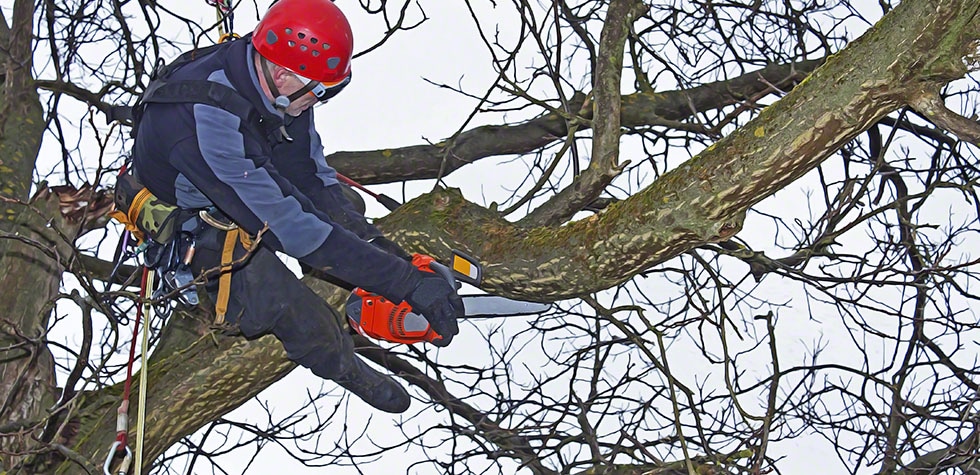Water damage and mold damage are two interrelated issues that can have serious implications for homeowners and property managers. These problems not only threaten the structural integrity of buildings but also pose significant health risks to occupants. In this comprehensive article, we will delve into the causes of water and mold damage, explore water damage restoration, and discuss effective remedies to tackle these issues.
Causes of Water Damage
Water damage can arise from a variety of sources, often categorized into natural and human-made causes. Understanding these sources is crucial for effective prevention and mitigation.
- Natural Disasters: Floods, hurricanes, and heavy rainstorms are primary natural causes of water damage. These events can lead to significant water intrusion into homes and buildings, overwhelming drainage systems and causing extensive damage.
- Plumbing Issues: Leaky pipes, burst pipes, and faulty plumbing systems are common causes of water damage in residential and commercial properties. These issues can result in gradual water leakage or sudden floods, leading to severe structural damage.
- Roof Leaks: Damaged or aging roofs can allow water to seep into the building, especially during heavy rain. This can result in water accumulation in attics and ceilings, eventually causing damage to the interior structure.
- Basement Seepage: Poorly waterproofed basements can experience water seepage, particularly after heavy rainfall. This can lead to persistent dampness, which contributes to mold growth and structural damage.
- HVAC Systems: Malfunctioning heating, ventilation, and air conditioning and HVAC systems can cause water leaks and condensation buildup, leading to water damage over time.
Causes of Mold Damage
Mold damage is often a consequence of water damage, as mold thrives in damp and humid environments. The primary causes of mold growth include:
- Excess Moisture: Any source of excess moisture, such as leaks, condensation, or high humidity levels, can create an ideal environment for mold growth. Mold spores are ubiquitous and can quickly colonize damp surfaces.
- Poor Ventilation: Inadequate ventilation in areas like bathrooms, kitchens, and basements can lead to high humidity levels, promoting mold growth. Proper airflow is essential to keep these areas dry and mold-free.
- Flooding: Flooding events, whether from natural disasters or plumbing failures, introduce large amounts of water into a property. If not properly dried and cleaned, this water can lead to extensive mold growth.
- Building Materials: Certain building materials, such as wood, drywall, and carpeting, are more susceptible to mold growth when exposed to moisture. These materials can absorb and retain water, providing a fertile ground for mold spores.
Preventive Measures
Preventing water and mold damage, along with mold removal Potomac requires proactive measures and regular maintenance. Here are some effective strategies to safeguard your property:
- Regular Inspections: Conduct regular inspections of your property, focusing on areas prone to water damage, such as roofs, basements, and plumbing systems. Early detection of leaks and damage can prevent extensive water and mold issues.
- Proper Drainage: Ensure that your property has proper drainage systems in place, including gutters, downspouts, and drainage channels. These systems should direct water away from the building to prevent water accumulation around the foundation.
- Waterproofing: Invest in waterproofing solutions for basements, roofs, and other vulnerable areas. Applying sealants and coatings can help prevent water infiltration and subsequent mold growth.
- Ventilation: Maintain adequate ventilation in high-moisture areas like bathrooms, kitchens, and laundry rooms. Use exhaust fans and dehumidifiers to control humidity levels and prevent mold growth.
- Prompt Repairs: Address any plumbing leaks, roof damage, or HVAC issues promptly. Delaying repairs can exacerbate water damage and increase the risk of mold growth.
- Monitor Humidity Levels: Use hygrometers to monitor indoor humidity levels. Aim to keep humidity levels below 60% to reduce the risk of mold growth.
Remedies for Water and Mold Damage
If water and mold damage occur despite preventive measures, it’s crucial to address the problem quickly and effectively. Here are some steps to take:
- Assess the Damage: Conduct a thorough assessment of the affected areas to determine the extent of the damage. This may involve checking for visible water stains, mold growth, and structural damage.
- Remove Standing Water: If there is standing water, use pumps, wet/dry vacuums, or mops to remove it immediately. The longer water sits, the more damage it can cause.
- Dry the Area: Use fans, dehumidifiers, and heaters to dry the affected area thoroughly. This step is crucial to prevent mold growth, which can occur within 24-48 hours of water exposure.
- Clean and Disinfect: Clean and disinfect all affected surfaces to remove mold spores and prevent their spread. Use mold-killing solutions and follow safety precautions to avoid exposure to harmful mold particles.
- Remove Damaged Materials: In cases of severe water and mold damage, it may be necessary to remove and replace damaged building materials, such as drywall, insulation, and carpeting. This helps eliminate mold and prevents further damage.
- Repair and Restore: After addressing the immediate damage, repair and restore the affected areas. This may involve fixing plumbing issues, replacing roofing materials, and repainting walls.
- Professional Help: For extensive water and mold damage, it’s advisable to seek professional help. Water damage restoration and mold remediation experts have the necessary equipment and expertise to handle complex cases effectively.
Health Risks of Mold Exposure
Mold exposure can have serious health implications, particularly for individuals with allergies, asthma, or compromised immune systems. Common health effects of mold exposure include:
- Allergic Reactions: Mold spores can trigger allergic reactions, leading to symptoms such as sneezing, runny nose, red eyes, and skin rashes.
- Respiratory Issues: Inhaling mold spores can cause respiratory problems, including coughing, wheezing, and shortness of breath. Prolonged exposure can exacerbate asthma and other respiratory conditions.
- Mycotoxins: Some molds produce mycotoxins, which are toxic compounds that can have severe health effects. Exposure to mycotoxins can lead to headaches, dizziness, and neurological issues.
- Infections: Individuals with weakened immune systems are at risk of developing fungal infections from mold exposure. These infections can affect the lungs, skin, and other organs.
The Importance of Insurance
In addition to proactive measures and swift responses, securing comprehensive insurance coverage is crucial in mitigating the financial burden associated with water and mold damage. Homeowners’ insurance policies often cover certain types of water damage, such as that caused by burst pipes or roof leaks, but may exclude damage resulting from floods or lack of maintenance.
It is essential to review your policy carefully and consider additional coverage options, such as flood insurance, especially if you live in a high-risk area. Adequate insurance can provide peace of mind and financial protection, ensuring that you are well-prepared to handle the unexpected costs of water and mold remediation. Working with your insurance company and understanding the claims process can further facilitate timely repairs and restoration, helping you return to normalcy more quickly after a damaging event.
Conclusion
Water damage and mold damage are significant threats to both property and health. By understanding the causes of these issues, implementing preventive measures, and taking prompt action when damage occurs, homeowners and property managers can protect their investments and ensure a safe living environment. Regular maintenance, proper ventilation, and timely repairs are key to preventing water and mold damage.
In cases of severe damage, help from a professional mold remediation Rockville company may be necessary to effectively address and remediate the problem. Prioritizing these steps can help mitigate the risks associated with water and mold damage, preserving the integrity of your property and the well-being of its occupants.



